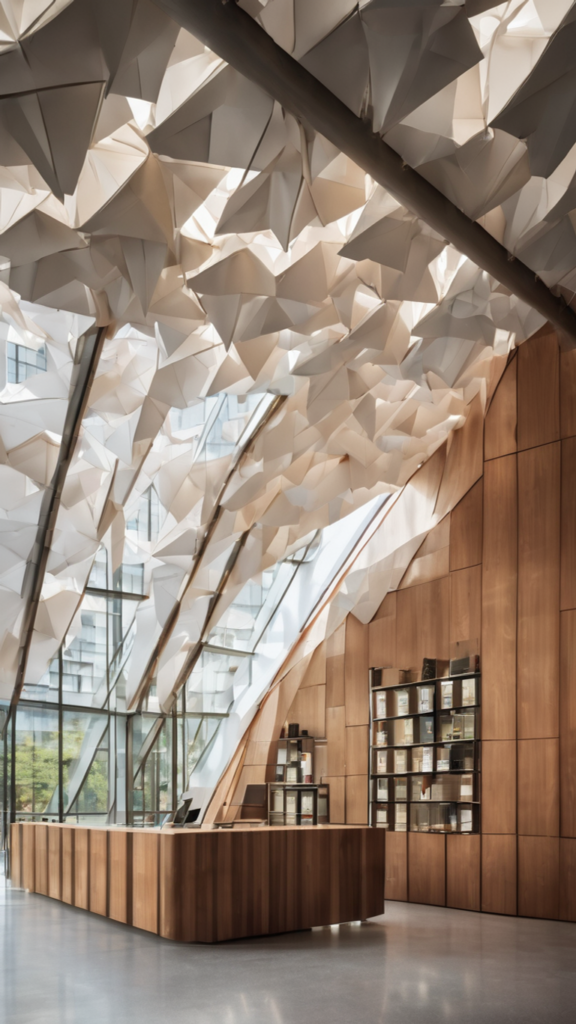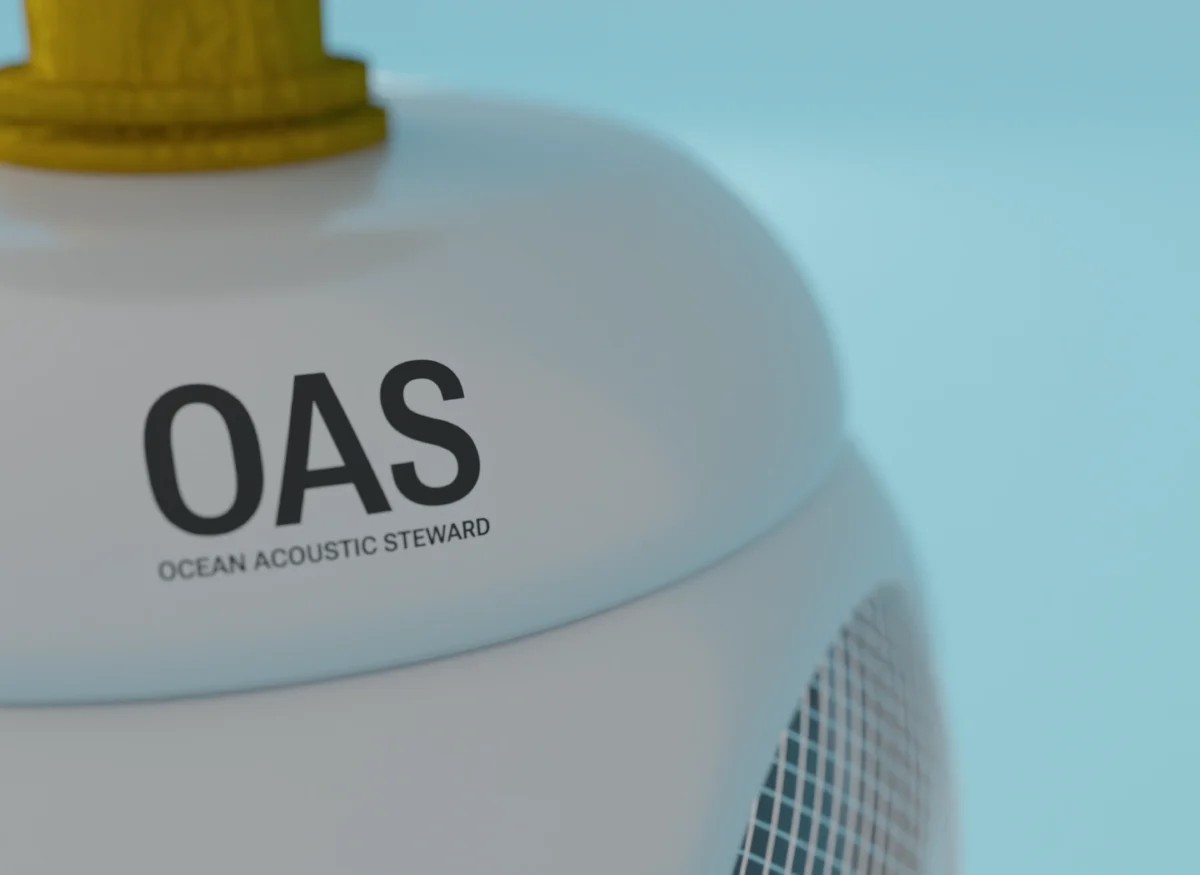The “Interactive Origami” project is a conceptual exploration of interactive origami-inspired installations aimed at enhancing well-being and improving the sound environment in public spaces. By blending art with technology, this project envisions installations that can respond to acoustic conditions, offering a novel approach to sound management. These installations, designed to autonomously adjust to noise levels or react to voice commands, are intended to create a calming, aesthetically pleasing atmosphere in communal spaces, transforming them into areas that encourage relaxation and positive social interaction.

Public spaces play a crucial role in fostering community and well-being, yet many of these environments suffer from overwhelming and stressful noise levels. Addressing this, the Acoustic Origami project asks: Can interactive origami installations increase well-being and improve the acoustic environment in public spaces?
This project investigates whether art installations, inspired by origami, could actively enhance public environments by adjusting themselves in response to real-time sound data, thus creating adaptable acoustic panels that foster both auditory and visual harmony.
The research began with a literature review to explore existing knowledge on interactive art installations and sound-responsive design. This foundational work informed a series of sketches and material tests, providing insight into how different materials could function both structurally and acoustically within the installation. To add interactive intelligence, the exploration advanced to the use of a Raspberry Pi 3B microcomputer, a microphone, and a motor, all programmed with Python to enable basic responsiveness. This setup allowed the installation to detect sound levels and autonomously adjust its shape—unfolding or folding origami-inspired panels to modulate the sound environment in real time.
The project also involved investigating ways for the installation to engage with people in the space, potentially responding to voice commands to heighten the interactive experience. This interactive capacity is envisioned to create a dynamic and engaging environment, where users feel part of a living, responsive artwork that not only adds aesthetic value but also actively contributes to a healthier, more peaceful soundscape.
This project investigates whether art installations, inspired by origami, could actively enhance public environments by adjusting themselves in response to real-time sound data, thus creating adaptable acoustic panels that foster both auditory and visual harmony.
The research began with a literature review to explore existing knowledge on interactive art installations and sound-responsive design. This foundational work informed a series of sketches and material tests, providing insight into how different materials could function both structurally and acoustically within the installation. To add interactive intelligence, the exploration advanced to the use of a Raspberry Pi 3B microcomputer, a microphone, and a motor, all programmed with Python to enable basic responsiveness. This setup allowed the installation to detect sound levels and autonomously adjust its shape—unfolding or folding origami-inspired panels to modulate the sound environment in real time.
The project also involved investigating ways for the installation to engage with people in the space, potentially responding to voice commands to heighten the interactive experience. This interactive capacity is envisioned to create a dynamic and engaging environment, where users feel part of a living, responsive artwork that not only adds aesthetic value but also actively contributes to a healthier, more peaceful soundscape.





